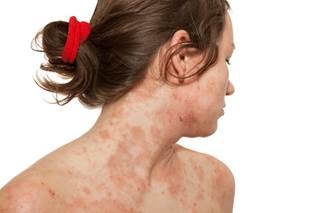Blogue
21
dezembro
2018
Risco de depressão e tendência suicida elevada entre os pacientes com dermatite atópica







